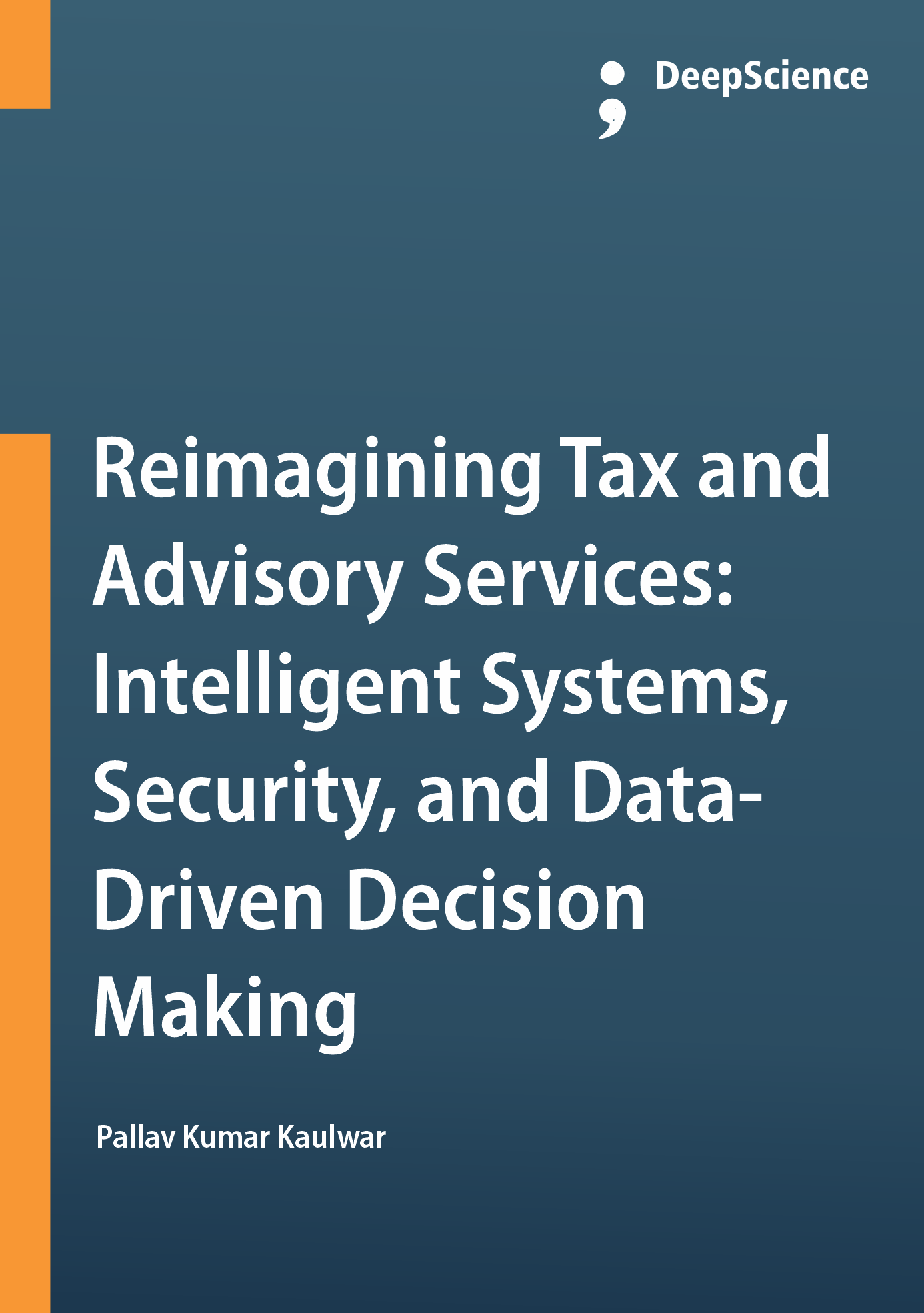Consulting 4.0: The role of intelligent agents in client engagement
Synopsis
Enterprises have been diverting resources to leverage intelligent agent technologies (IATs) in process design and execution to make their systems efficient and maintain competitiveness in the marketplace. Smart agents and intelligent agents, in marketing, advertising, and the clients' domain, have attracted considerable attention. The goal of IATs is to design agent systems that are characterized by intelligence and veracity, present a human-friendly interface, and facilitate the client’s engagement in marketing processes. The majority of research in marketing has focused on the architecture, design, deployment, and ethical guidelines surrounding IATs in addressing clients’ needs, and some have highlighted the limitations of IATs in designing and executing marketing processes. All briefs of intelligent agents and artificial intelligence (AI) agents are elaborated, along with their advantages, utilizing their expertise, outlook, snags, and products. The discussion is also reported on research work in AI in marketing, including micro-level studies on textual conversations, creativity, exodus by intelligent agents, and macro-level studies on the impact of IATs on the marketing mix, decision-making, transactions, and the future of the industry overall.
Emerging regarding engaging clients, exacting design features imparting differentiation, and a host of research areas on the implementations of IATs and AI systems in marketing are highlighted. Intelligent agents continuously perform three functions: perception of dynamic conditions in the environment; action to affect conditions in the environment; and reasoning to interpret perceptions, solve problems, draw inferences, and determine actions. Intelligent agents are typically implemented in software or hardware. Software agents are programs that engage in dialogs and negotiate and coordinate transfer of information. Physical agents are devices that sense the environment, reconstruct a model of the environment, and interact with it, i.e., manipulating the environment using actuators . Agents are referred to as social if they are designed to interact with others. An agent's interface is social if it allows communication between agents such that coordination of diversified, autonomous agents is maintained.













